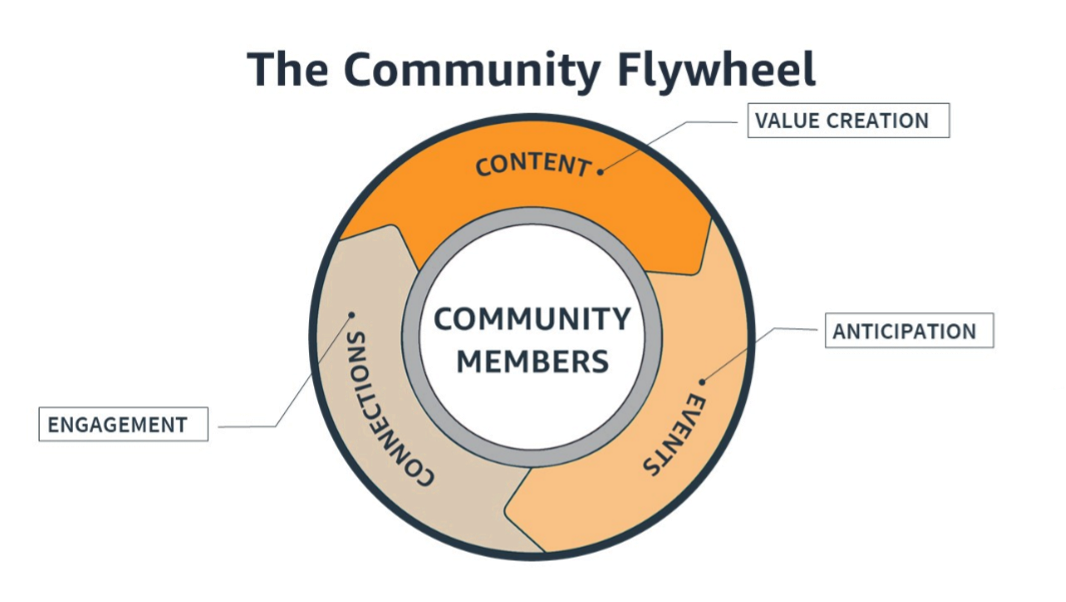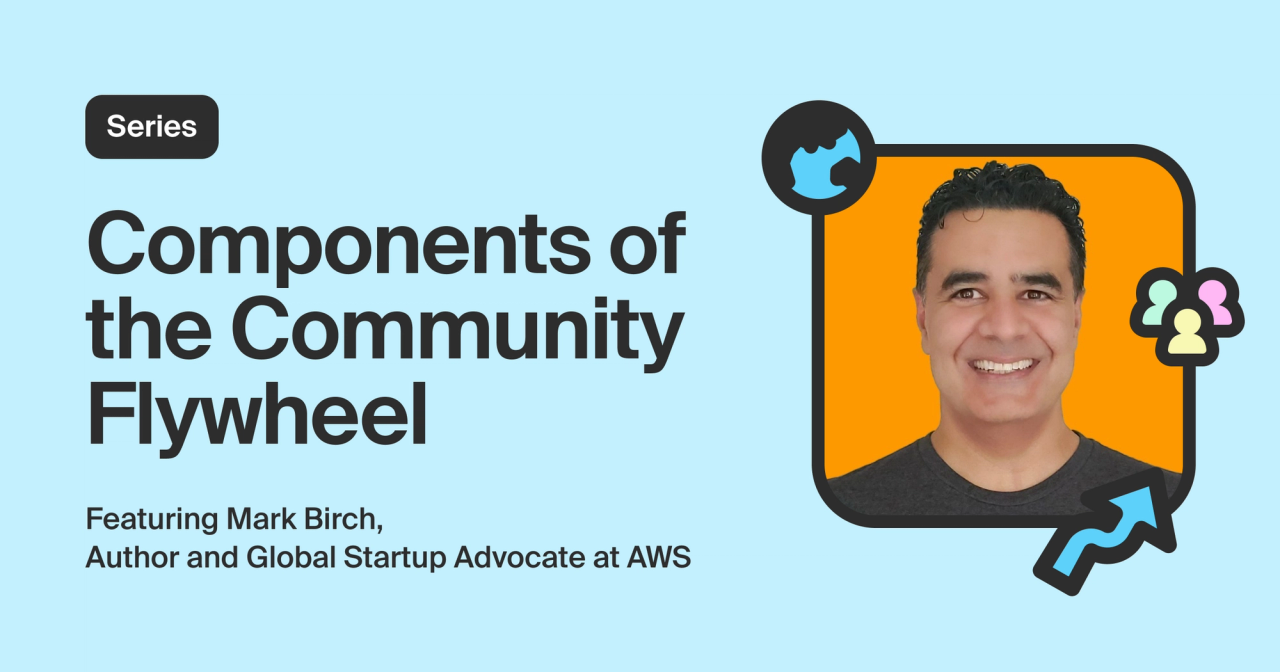When you have launched your community and you start to see people engage, it feels like you have won the marathon. After weeks or months of planning, promoting, and project managing all sorts of details, it is exhilarating to see your hard work start to bear fruit!
As exciting as it might be, launching your community is only the beginning of a long journey. A sobering reality is that most communities fail in these early stages because they have not achieved Community-Market Fit, where the community satisfies the needs of its members. In other words, the vision, values, and interests of your community need to align with a large enough group of people that cares about the same.
For example, I launched a community called the Enterprise Sales Forum several years back to bring startup founders and salespeople together to learn and network with each other. Each month, I would bring some speakers to talk about a topic in sales, and about 100 people would show up regularly. Then by the sixth meetup, we invited the first enterprise salesperson from Salesforce to be a guest, and we doubled our attendance. From then on, the community went on to grow to 24 chapters around the globe and over 30,000 members.
There are plenty of insightful posts that go into the best practices for launching a community, but what about the process of going from launch to scale? Based on my experiences with the Enterprise Sales Forum, Stack Overflow, Amazon Web Services, and other communities I have advised, I collected my thoughts into a framework I call the Community Flywheel.
The Community Flywheel
The term flywheel may not be one with which you are familiar. It originally comes from science. Physicists and mechanical engineers describe a flywheel as a device that provides continuous energy by storing energy it generates through its own momentum. In recent years, it has become a term adopted by business leaders to describe business models that perpetuate themselves to drive continuous growth, usually in product adoption or revenue.
It is also possible to use a similar mechanism to drive the continuous growth of a community. By doing the right things from the start—and finding the right Community-Market Fit— momentum builds upon itself so that not only does the community grow, but this growth sustains itself for the long term.
Components of the Community Flywheel
So what exactly is a “Community Flywheel”? The flywheel consists of three components, each of which is critical for fostering a healthy, engaged, and growing community. These parts are Content, Events, and Connections.

Content
Content refers to the value that your community creates for members. For Stack Overflow, that would be answers to questions from developers. For the Enterprise Sales Forum, that would be the live talks we hosted with top sales experts and startup leaders. In the early days of the community, much of this content will be generated by the creators of the community and a few passionate early community members. That content is what is going to attract people to explore and join the community.
Events
Events are ways of building excitement inside and for the community. These can be in-person or virtual meetups, AMA’s on Discord or Reddit, or virtual livestreams on Twitch like the Build On shows that the AWS DevRel team hosts. Events, while related to content, are specific time-based experiential moments that allow a community to gather as a group to consume and engage with content.
Connections
Connections enable ways for members to engage each other, whether one-to-one, one-to-few, or few-to-few. This is where trusted relationships form, usually initiated through forums, chat rooms (like Slack or Discord), member directory direct messaging, or other means that enable community members to connect with each other. Bonds form in these spaces through networking, collaborating, knowledge sharing, and helping each other, usually spurred on by discussing the content and events from the community.
Bringing the flywheel together
When each of these components is in place and working, they support each other to build momentum. High-quality content creates value that feeds into high-quality events. Events draw in new members, which sparks conversations at the events. In building bonds, attending events, and consuming content, some of these new members become more involved and inspired to contribute their own content and volunteer for events.
Kickstarting your Community Flywheel
Now that you know what the Community Flywheel is, how do you get it moving? There are four practices, which I experienced firsthand when scaling the Enterprise Sales Forum, that will help you get your flywheel spinning:
- Predictable cycle – members know when to expect content and events
- High quality – content and events demonstrate greater levels of execution
- Curated membership – trust is easier to foster when you trust each other
- Intrigue & novelty – consistency is valuable, but you also want to experiment
Predictable cycle and high-quality content
Many communities suffer from a lack of consistency in delivering content and keeping the bar high for quality. As an example, the Enterprise Sales Forum was a response to other sales communities that ranged from veiled pitches for sales training to recruiting traps. There was also a lack of consistency in when events would happen and varying levels of quality in speakers and content. By hosting events on a consistent cadence and emphasizing high-quality content and speakers, the Enterprise Sales Forum grew its reputation as the top sales community.
Curated membership
Curation is also a critical component of growing a community. If people are giving up a few hours of their month to engage in a community, they want to network with their peers and learn from people they trust. Being selective about who is in the community can help people find other members and get value more quickly.
Stack Overflow built its reputation with developers as the go-to place for coding questions because professional developers that had a wealth of experience and the desire to help others were actively contributing to the site, which in turn led to more people contributing.
Intrigue & novelty
The biggest momentum driver though is often the novel idea that sparks curiosity and interest. Besides what I shared previously about the special Enterprise Sales Forum fireside chat guest, we were constantly experimenting with ideas such as inviting VCs and CEOs to speak, hosting “Rate My Pitch” nights, and bringing nationally known book authors to speak at events. As long as the content is relevant, these experiments are opportunities to open up the community to new members that had not engaged through the regular content and events cycles.
What next
As you think about your community, give thought about the cadence of events and content, setting the bar high for quality, curating membership to engender trust, and using experiments to keep the community engaged through each element of the Community Flywheel.
How well you build your flywheel of Content, Events, and Connections will impact the ability to grow and scale your community into one that is healthy and poised to be around for a long time!
If you have any questions about the Community Flywheel framework, feel free to contact me on LinkedIn or Twitter. You can also explore my book Community-in-a-Box, a playbook on how to build, grow, and scale professional communities.
To learn from 1500+ other community and DevRel leaders about how they’re building their Community Flywheels, check out the Uncommon Community Slack group.
